
Understanding the Brilliance, Fire, and Scintillation of Diamonds
Diamonds are often associated with sparkle, and for good reason. The brilliance, fire, and scintillation of a diamond make it a truly unique and captivating gemstone. But what makes a diamond sparkle? And how can you choose a diamond with the most sparkle? In this article, we’ll answer some common questions about diamond sparkle and help you understand what to look for when buying a diamond.
What is Diamond Sparkle?
Diamond sparkle refers to the way a diamond reflects light. When light enters a diamond, it is refracted, or bent, as it passes through the stone. This causes the light to break into its spectral colors, creating a rainbow effect known as dispersion. The light is then reflected back out of the diamond, giving it a dazzling sparkle that catches the eye.
There are three components of diamond sparkle: brilliance, fire, and scintillation.
Brilliance refers to the white light that is reflected from a diamond. The better a diamond’s cut, the more brilliant it will be. A well-cut diamond will have a symmetrical and proportional shape, allowing the light to enter and exit the stone in a way that maximizes its brilliance.
Fire refers to the way a diamond reflects colored light. The more fire a diamond has, the more it will sparkle with flashes of color. This is caused by the diamond’s dispersion, which breaks the light into its spectral colors. A diamond with high fire will have strong flashes of red, orange, yellow, green, blue, and violet.
Scintillation refers to the diamond’s overall sparkle and how it appears to shimmer and dance as it moves. Scintillation is caused by the contrast between light and dark areas within the diamond. A well-cut diamond will have a balanced pattern of light and dark areas that creates a mesmerizing scintillation effect.
What Affects Diamond Sparkle?
Several factors affect a diamond’s sparkle, including its cut, clarity, color, and carat weight.
Cut: The cut of a diamond is the most important factor in determining its sparkle. A well-cut diamond will have the ideal proportions and angles that maximize its brilliance, fire, and scintillation.
Clarity: The clarity of a diamond refers to the number and size of inclusions and blemishes within the stone. Inclusions can block the passage of light and reduce a diamond’s sparkle.
Color: A diamond’s color can also affect its sparkle. Colorless diamonds allow more light to pass through, creating a brighter and more brilliant sparkle.
Carat weight: A larger diamond will not necessarily sparkle more than a smaller diamond. In fact, a poorly cut larger diamond may have less sparkle than a smaller, well-cut diamond.
How to Choose a Diamond with the Most Sparkle?
When choosing a diamond with the most sparkle, consider the four Cs: cut, clarity, color, and carat weight.
Cut: Look for a diamond with an excellent or very good cut grade. This will ensure that the diamond has ideal proportions and angles that maximize its sparkle.
Clarity: Choose a diamond with a clarity grade of VS2 or higher. This will ensure that the diamond has few inclusions and blemishes that can block the passage of light.
Color: Choose a diamond with a color grade of G or higher. This will ensure that the diamond is nearly colorless, allowing more light to pass through and creating a brighter sparkle.
Carat weight: Choose a diamond that is the right size for you, but don’t sacrifice cut quality for size. A smaller, well-cut diamond can have more sparkle than a larger, poorly cut diamond.
In conclusion, diamond sparkle is a complex phenomenon that is affected by several factors. A well-cut diamond with high clarity

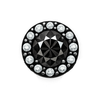
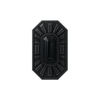

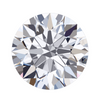

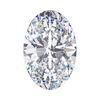
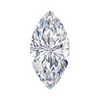
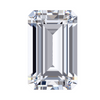
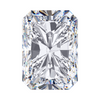
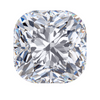


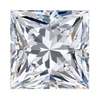
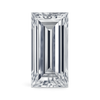


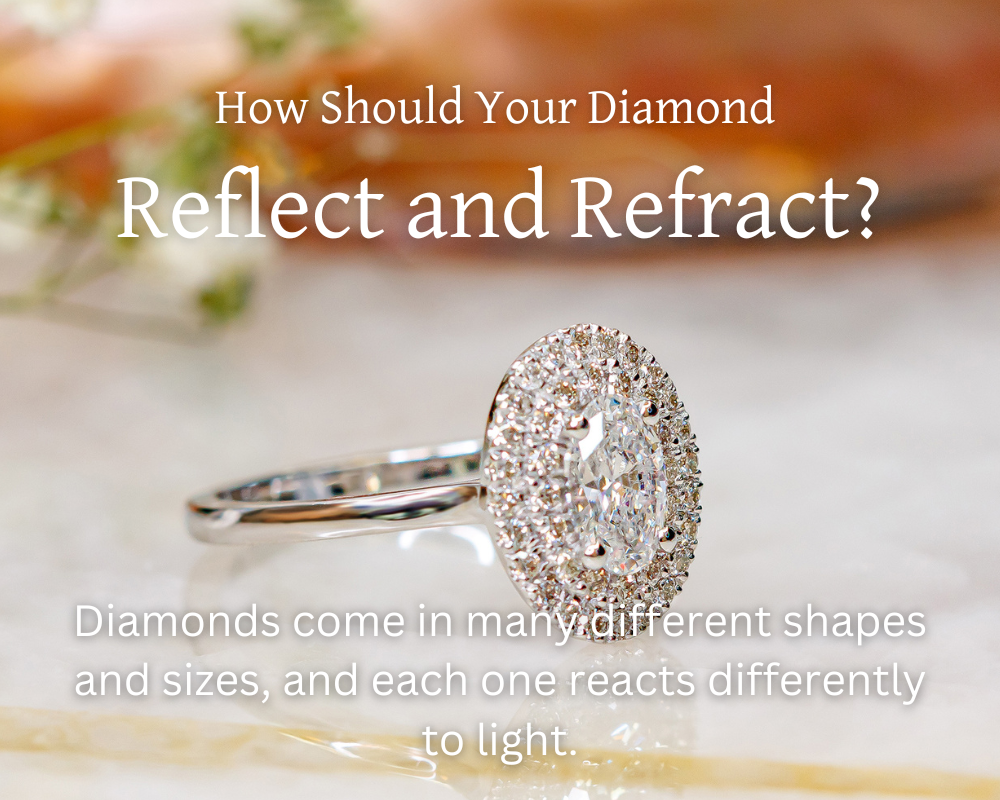
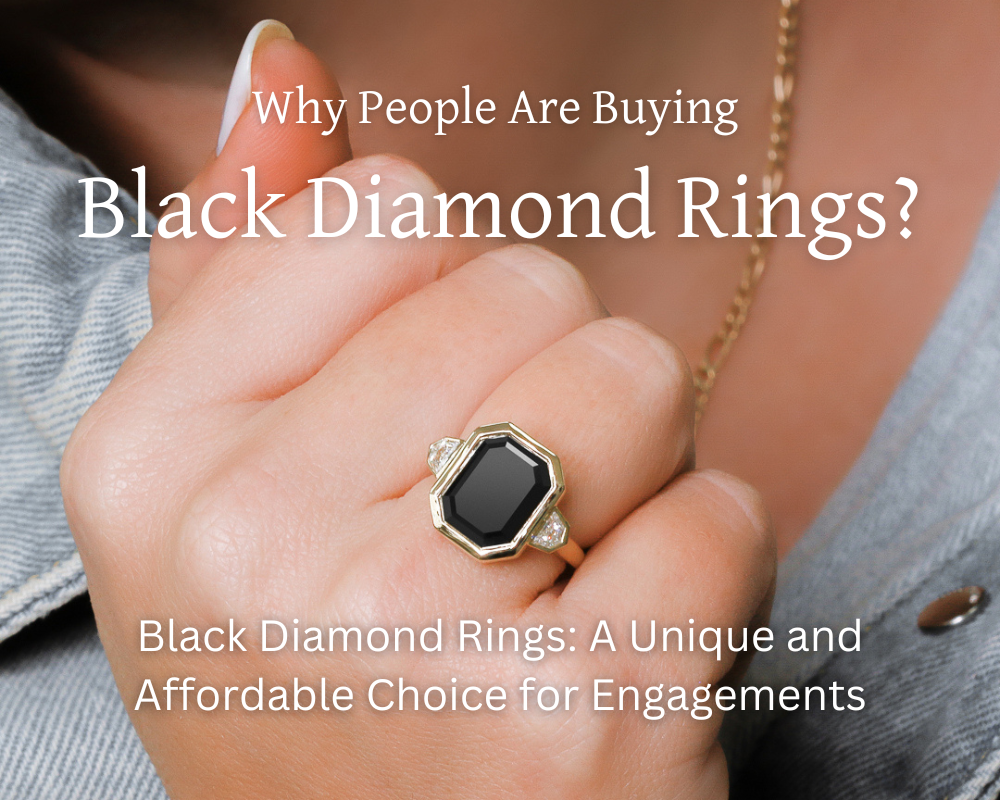
Leave a comment
This site is protected by hCaptcha and the hCaptcha Privacy Policy and Terms of Service apply.